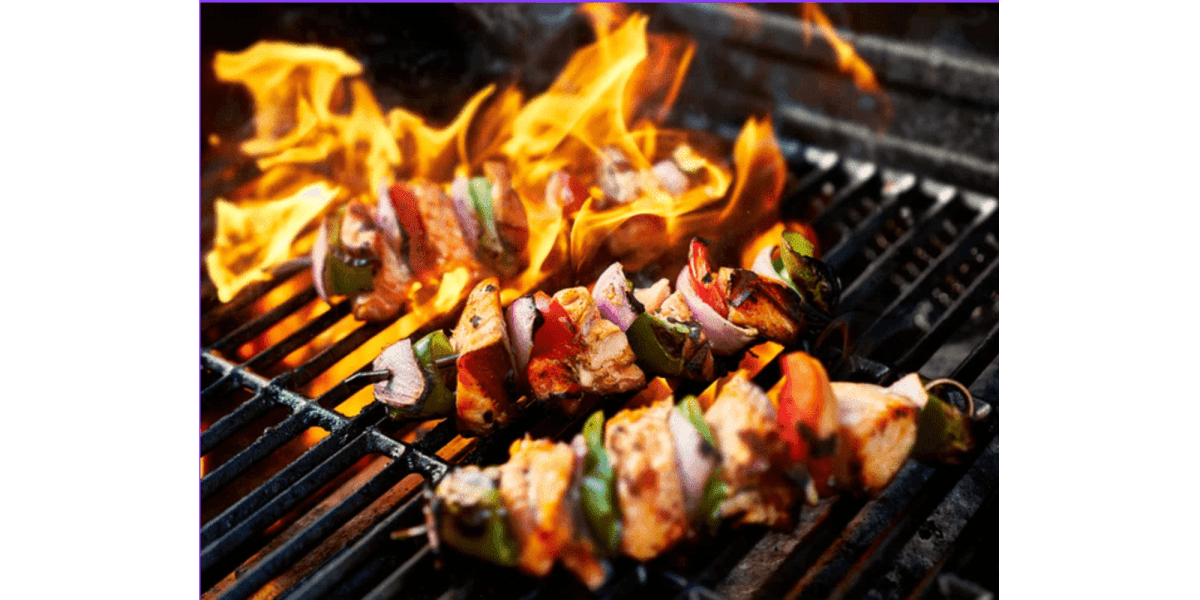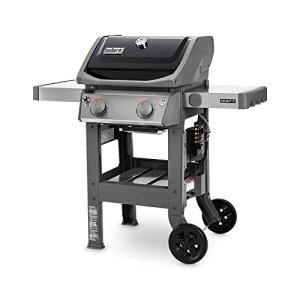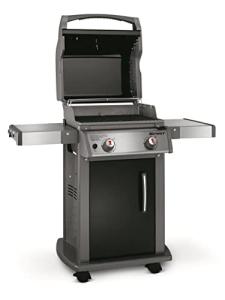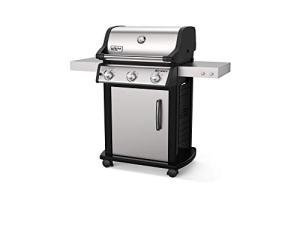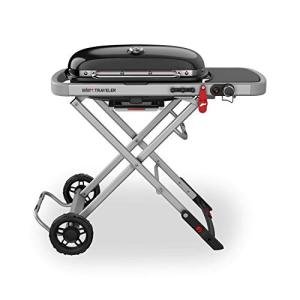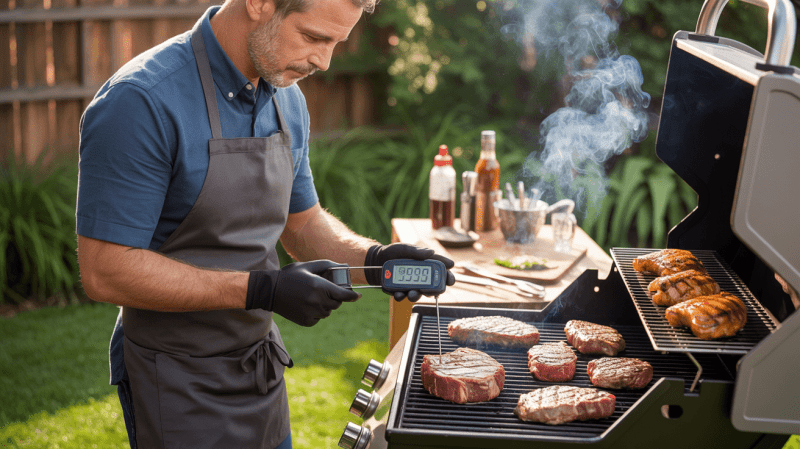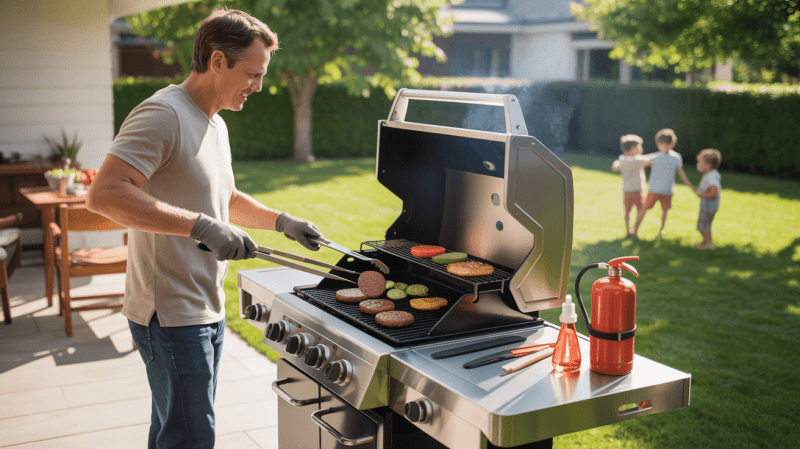Grilling the perfect steak can seem like a challenging task, but with the right guidance, anyone can master this skill. I've learned through years of trial and error that the secret to a great steak lies in the details. A well-cooked steak starts with choosing the right cut and using the right method to bring out the best flavors.

The magic really happens when you understand how to balance heat and time during grilling. By creating distinct cooking zones on your grill, you can achieve both a perfectly charred exterior and a juicy inside. This approach ensures that your steak not only looks appetizing but tastes incredible too.
Besides grilling techniques, the way you prepare and season your steak holds equal importance. From proper seasoning with kosher salt to knowing the right moment to rest the meat after cooking, these steps are essential in transforming a simple piece of beef into a remarkable meal.
Key Takeaways
- Choose the right steak cut for flavor and tenderness.
- Proper seasoning enhances the steak's taste.
- Master grill temperatures for perfect cooking.
Choosing the Right Cut

Picking the right steak cut can make all the difference in grilling. I'll focus on recognizing high-quality meat and help you understand different beef cuts. This ensures a tasty and juicy steak every time.
Identifying Quality Meat
When I shop for steak, the first thing I look for is marbling. Marbling means the little streaks of fat mixed in the meat. These bits of fat add flavor and keep the steak moist. A well-marbled steak usually tastes richer and is more tender.
The color of the meat plays a role too. I prefer steaks that have a bright, cherry-red color. This indicates freshness. Also, I check for firmness, as mushy meat is a bad sign. Firm beef tends to hold up better when grilled.
Remember to choose steaks that are at least 1 inch thick. Thicker cuts grill more evenly and prevent overcooking, leading to a better texture and flavor.
Beef Cuts Explained
Different beef cuts have unique flavors and textures. Ribeye is my go-to for rich flavor because it has excellent marbling. If I want something leaner but still juicy, I pick sirloin. Sirloin is versatile and good for various seasoning options.
For tenderness, filet mignon is the best choice. It’s a bit pricier but worth it for its buttery texture. If I grill for a crowd, I might opt for the NY strip. It balances flavor and tenderness well and satisfies a wide range of tastes.
Each cut has its place, depending on the occasion and personal preference, ensuring my grilled steak is always a hit.
Tools and Preparation
Grilling the perfect steak requires the right tools and proper preparation. This involves ensuring you have essential grilling equipment and that the steak is prepared adequately for grilling.
Grilling Equipment Essentials
When I'm setting up for grilling, there are a few important pieces of equipment I always make sure to have. First, a reliable grill is necessary, whether it's gas or charcoal. I ensure the grill has a lid to control heat and smoke levels.
Tongs are crucial for flipping steaks easily and safely. They allow me to turn the meat without piercing it, which helps retain juices. A meat thermometer is another essential tool, assisting in accurately checking the steak's internal temperature to ensure it's cooked to the desired doneness.
Lastly, a basting brush can be handy for applying marinades or oils to maintain moisture. Keeping these tools clean and in good working condition ensures a smoother grilling process.
Steak Preparation Basics
Before grilling, preparing the steak is key to enhancing flavor and texture. I start by selecting a cut with good marbling, like ribeye or New York strip. Marbling ensures the steak remains juicy and flavorful during grilling. It's then important to let the steak come to room temperature for even cooking.
I always season my steaks generously. I use coarse salt, applying it at least 30 minutes prior to grilling to allow flavors to penetrate the meat. Additionally, a light coating of olive oil can prevent it from sticking to the grill grates.
Sometimes, I use a simple marinade to add extra flavor, making sure to pat the steak dry before adding it to the grill. This preparation method ensures the steak cooks perfectly with a delicious crust.
Seasoning Your Steak

Seasoning is key to bringing out the flavors of a steak. Basic seasonings like salt and pepper enhance the meat's natural taste, while marinades and rubs can add a unique twist. Choosing the right method depends on how you want to enjoy your steak.
Salt and Pepper
I find that salt and pepper are a classic choice for seasoning steak. Salt draws moisture to the surface, which helps create a flavorful crust when grilling. Use coarse sea salt or kosher salt, and generously sprinkle it on both sides of the steak. Black pepper adds a bit of heat, complementing the steak’s rich taste.
Salt your steak at least 40 minutes before grilling, or even overnight in the fridge to allow the flavors to penetrate the meat. This process, known as dry brining, lets the salt break down some of the proteins, improving texture and flavor. Don't forget to let it come to room temperature before cooking.
Marinades and Rubs
Marinades and rubs provide endless possibilities to experiment with flavors. Marinades are liquid-based mixtures, often containing oil, acid like vinegar or lemon juice, herbs, and spices. I typically recommend marinating for at least 30 minutes to a few hours to let the flavors infuse.
Rubs are dry mixtures of spices and herbs. You can make a rub from simple ingredients like garlic powder, smoked paprika, and brown sugar. Applying a rub all over the steak forms a flavorful crust. Whether using a marinade or a rub, always pat the steak dry before grilling to get a good sear.
Mastering the Grill

Grilling is an art that involves understanding the right temperature and using effective techniques. Ensuring these elements align is key to grilling steak that’s both flavorful and mouthwatering.
Grill Temperature and Setup
I always start by preheating the grill. A hot grill ensures a good sear, locking in juices while giving the steak a delicious crust. For steaks, aim for a temperature between 450°F and 500°F for direct heat.
Setting up the grill properly is critical. I arrange coals or burners to create both hot and cooler zones. This allows me to sear the steak over high heat and then move it to a cooler area to finish cooking it to my preferred doneness. It’s about balance and control to avoid overcooking or burning.
Grilling Techniques
When it comes to technique, less is often more. I use simple tools like tongs instead of a fork to flip the steak, preserving its juices. Flipping the steak once per side usually works best.
Timing is vital. I rely on internal temperature to ensure the steak cooks to my liking—125°F for rare, 135°F for medium rare, and 145°F for medium. Resting the steak for a few minutes post grilling allows juices to redistribute, keeping it tender and flavorful.
Cooking to Perfection

Achieving the perfect steak involves mastering timing and temperature and understanding how to check for doneness. By focusing on these areas, I ensure a juicy, flavorful steak every time.
Timing and Temperature
When grilling a steak, it's all about timing and getting the right temperature. I usually preheat the grill to around 450°F for a nice sear. Timing depends on the steak cut and thickness, so I adjust accordingly.
A ribeye or strip steak often takes about 3-4 minutes per side for medium-rare. Always have a meat thermometer handy. I aim for an internal temperature of 130-135°F for medium-rare. Remember that thickness affects cooking time, so I adjust slightly for thicker or thinner cuts.
Checking for Doneness
To check for doneness, I rely on both a thermometer and the touch test. Using a meat thermometer, I insert it into the thickest part of the steak. For medium, I look for about 140°F.
The touch test is another method. A medium-rare steak should feel like the fleshy part of my palm under my thumb when I touch it with my finger. Feel and look are key. As the steak rests, the temperature can rise a few degrees, so I consider resting time as well.
Resting Your Steak
Resting a steak after grilling helps the meat stay juicy and tender. This step impacts flavor and texture, ensuring a better eating experience.
Why Resting Is Essential
I always make sure to rest my steak after grilling. This step is crucial because it allows the juices to redistribute throughout the meat. If you cut into a steak too soon, the juices will spill out, leaving the meat dry. When you let it rest, the juices can settle, making the steak juicier and more flavorful.
Resting also affects tenderness. As the steak cools slightly, the proteins in the meat relax. This relaxation makes the steak more tender and enjoyable to eat. I usually let my steak rest for about 5 to 10 minutes. During this time, the steak will also continue to cook slightly, potentially increasing the internal temperature by a few degrees.
Using a loose foil tent while resting helps retain heat without trapping steam, preventing it from becoming soggy. This simple practice enhances the end result, providing a perfect steak every time.
Serving and Presentation
When it comes to serving steak, the way it's sliced, plated, and garnished can make a big difference in taste and visual appeal. Here, I'll cover some effective slicing techniques and how to present your steak beautifully.
Slicing Techniques
Proper slicing begins with letting the steak rest. This helps keep the juices inside. Once rested, slice against the grain to ensure tenderness. Cutting with the grain can make the steak tough and chewy.
I use a sharp knife to make clean cuts. Depending on the type of steak, like a flank or skirt cut, slicing at a slight angle can add tenderness. The thickness of each slice is also crucial. I aim for slices about half an inch thick for the most effective result.
Plating and Garnish
Presentation is key. I start with a simple plate to let the steak be the star. Placing slices fanned out gives a more appetizing look and allows easy serving.
For garnish, a sprinkle of coarse sea salt enhances flavor. I also like to add a pop of color with fresh herbs like parsley or thyme. A little drizzle of balsamic reduction or olive oil can also add appeal and flavor.
Remember, the garnish should complement, not overpower the steak. Keeping it simple and fresh is my best tip for enhancing the appearance and taste.
Pairing with Sides and Beverages
Finding the right sides and drinks can elevate your steak experience. Picking dishes that balance flavors and choosing beverages that enhance the taste will make your meal unforgettable.
Complementary Side Dishes
When I think of serving steak, I often pair it with traditional sides like mashed potatoes or roasted vegetables. They soak up the steak's juices and provide a comforting balance. For something fresh, a simple green salad works wonders, adding a crisp and vibrant contrast to the rich meat.
Grilled asparagus or sautéed mushrooms offer earthy flavors that match steak well. If you like lighter sides, you might choose a quinoa salad or lemon-infused couscous. These dishes bring in refreshing elements and keep the meal balanced, highlighting the steak without overpowering it.
Wine and Beverage Pairings
Choosing the right beverage helps to enhance the flavor of the steak. Red wines like Cabernet Sauvignon or Merlot are popular choices. Their full-bodied nature complements the richness and depth of the steak. For a softer touch, Pinot Noir can be a subtle companion without overwhelming the palate.
If you prefer beer, consider a stout or porter to echo the steak's hearty taste. Some enjoy pairing their steak with a classic whiskey or bourbon, where its notes of oak and vanilla pair nicely with grilled flavors. For non-alcoholic options, a sparkling water with a citrus twist offers a clean, refreshing reset between bites.
Frequently Asked Questions
Grilling the perfect steak involves choosing the right seasoning, setting the grill to the correct temperature, and knowing the cooking times for various levels of doneness. Achieving a great finish also includes understanding the use of oils and the method of grilling, particularly on a gas grill.
What is the best seasoning to use for grilling steaks?
I find that a simple seasoning of salt and pepper works well for most steaks. You can also add garlic powder, onion powder, or your favorite spice rub. Let the seasoning sit on the steak for about 30 minutes before grilling.
What are the recommended temperature settings for grilling steak to achieve medium-rare doneness?
For medium-rare doneness, I set the grill temperature to around 400-450°F. Preheating the grill ensures a good sear on the steak's surface, while the inside stays tender and juicy.
How long should a 1-inch steak be grilled on each side for a medium-rare finish?
A 1-inch steak should be grilled for about 4-5 minutes on each side to reach medium-rare. It's important to use a timer and flip the steak only once to ensure even cooking.
Can you explain the specific temperatures to aim for when grilling steak for different levels of doneness?
When aiming for different levels of doneness, medium-rare is best at 130-135°F, medium at 140-145°F, and well-done at 160°F or higher. Use a meat thermometer to get these exact internal temperatures.
What are the steps for grilling a steak perfectly every time on a gas grill?
First, preheat the gas grill to the desired temperature. Clean and oil the grates to prevent sticking. Place the steak on the grill, cook for the suggested time, and use a thermometer to check the temperature. Let the steak rest before serving to lock in the juices.
Is it advisable to apply olive oil or butter to a steak before grilling, and what are the benefits?
Applying olive oil or butter before grilling can enhance the flavor and prevent sticking. Olive oil adds a nice crust and helps the seasoning stick to the steak. Butter can be added while resting for extra richness.
DISCLAIMER
This document is provided for general information purposes only. It should not be relied upon as providing legal advice, technical, or specific operational guidance to the reader, whether as to the practices described in the document or the applicable legal requirements and regulations. Backyard Grilling Pros.com expressly disclaims any responsibility for liability arising from or related to the use or misuse of any information in this document.
